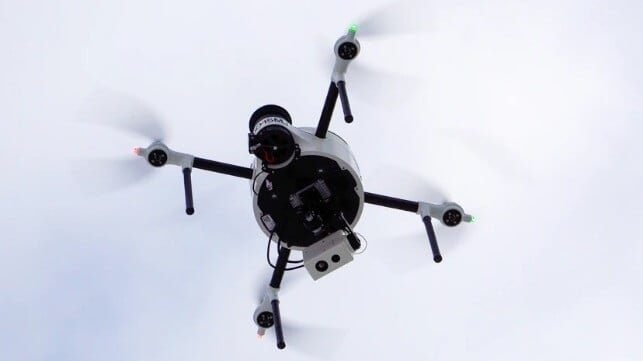Norway is increasing security measures in its ports due to concerns about potential espionage, particularly from Russian individuals. In response to recent incidents, such as a ship’s officer being arrested for flying a drone over a commercial port in Norway, Gard is warning its customers about the regulations regarding drone usage in the country. Norway requires drone operators to register their devices, take proficiency exams, and adhere to rules such as staying below 120 meters in altitude and avoiding restricted areas like ports and airports. Failure to comply can result in fines, legal action, and even deportation for foreign nationals.
The issue of drone misuse is not limited to Norway, as Gard reports similar incidents involving Russian citizens in other countries. With the potential for espionage concerns, Norway has been tightening security in its ports, including imposing restrictions on crew movements and shore leave from Russian fishing boats. In response to the heightened security risks, the Norwegian government announced plans to increase funding for the Police Security Service, with a significant portion allocated to enhancing port security.
In light of these developments, it is crucial for individuals operating drones in Norwegian ports to follow regulations to avoid legal consequences. The increased scrutiny on port security reflects growing concerns about espionage activities and the need to protect national interests. By adhering to established rules and guidelines, operators can help maintain safety and security in Norwegian ports while avoiding potential penalties for non-compliance.


















